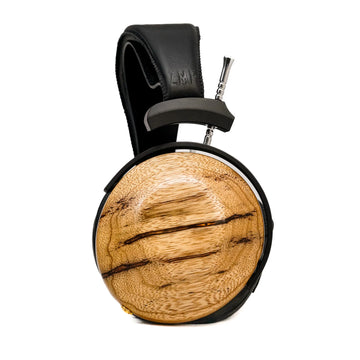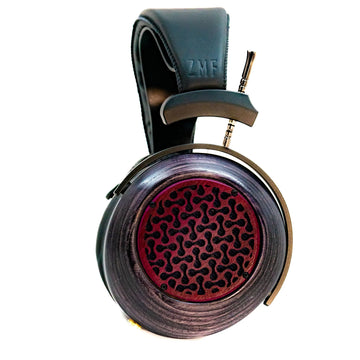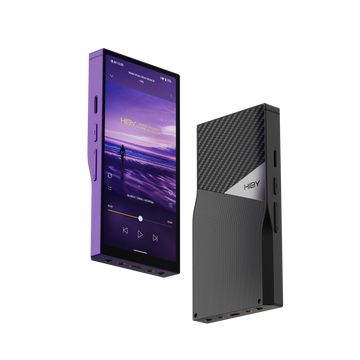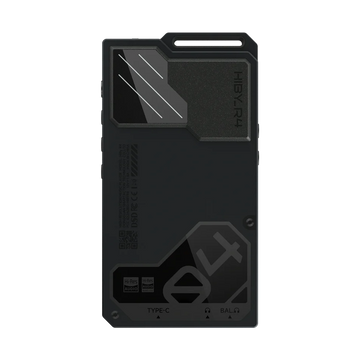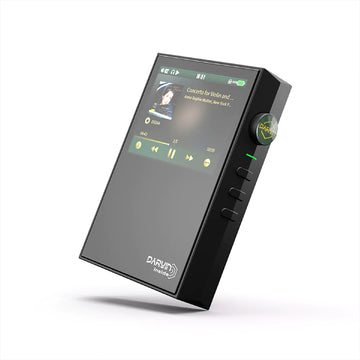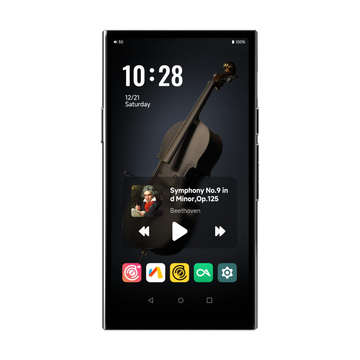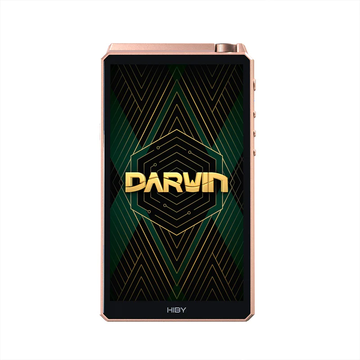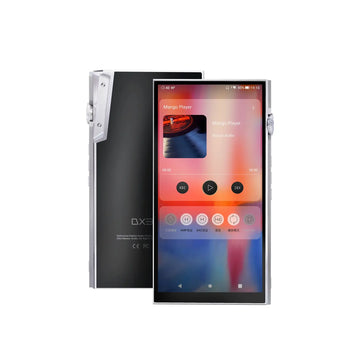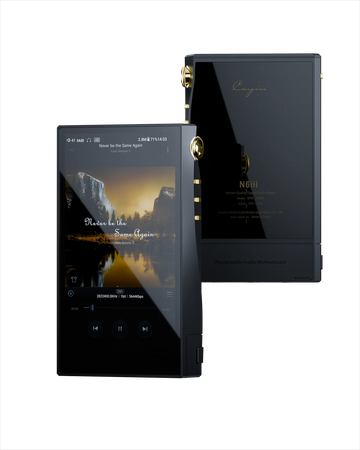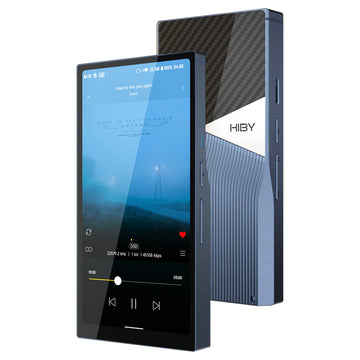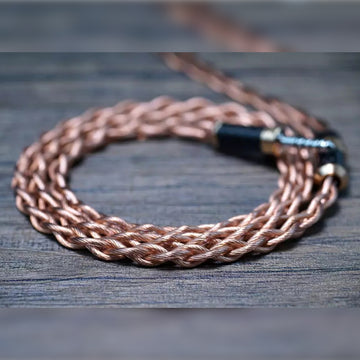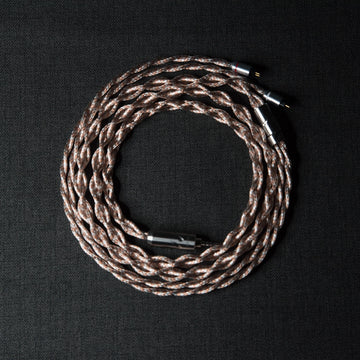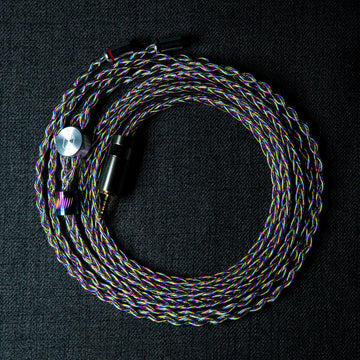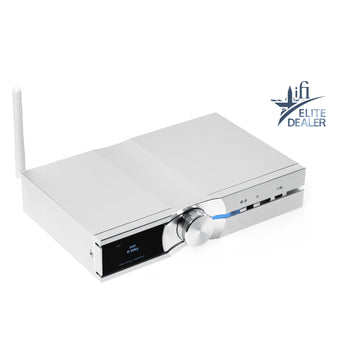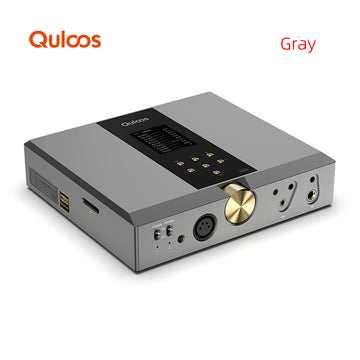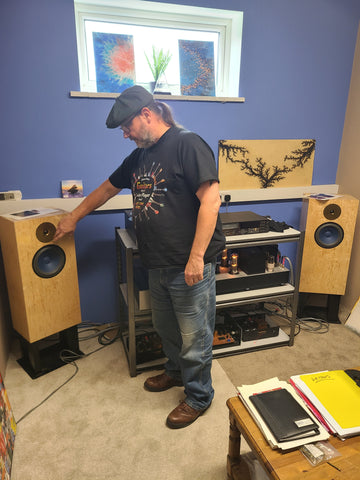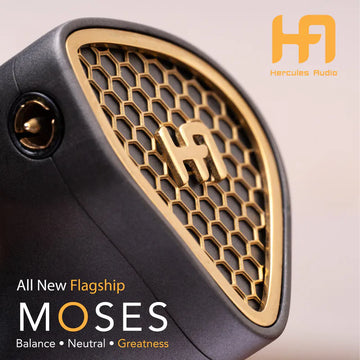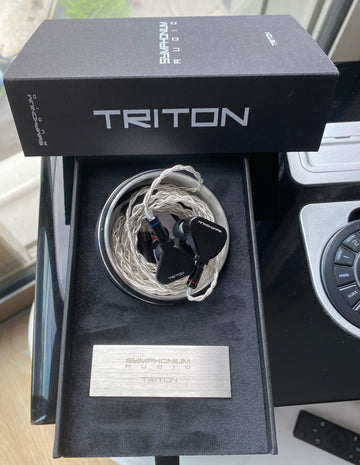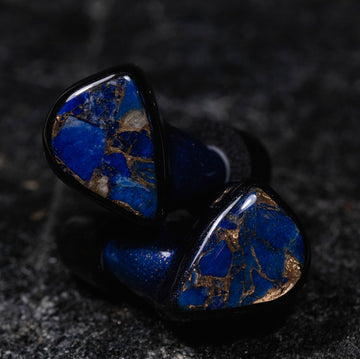Symphonium Audio established themselves in style last year with Helios. One of the most acclaimed kilobuck iems along with the ThieAudio Monarch MKII. Helios was an iem I knew I needed to have on Elise Audio after the first audition.
Today we look at Symphonium’s follow-up to Helios: Triton.
Helios has a 4BA configuration with a 4-way crossover, Triton goes for 1DD + 2BA with a 3-way crossover. Helios is a technical beast that some people find a touch analytical. Triton was designed with a warmer and more musical signature in mind. Symphonium is aiming for warmer, hybrid version of Helios that doesn’t compromise too much on technicalities. Doesn't sound too bad.
As with movies, the sequel to a successful first episode is hard to nail down. Did Symphonium succeed in their mission?
We will get to it.
Let’s start with more mundane matters. Triton comes in a simple but elegant packaging with a classy metallic box, two sets of tips and a nice metallic warranty card. The provided stock tips are long Sedna Earfit. I am told that the iem was tuned with these tips in mind. I actually prefer the short sedna tips with Triton but the stock tips work. Which is a good thing.
But that’s not all. Within the stock accessories, one item deserves special praise. Triton’s stock cable is of very high quality. It is light, supple and feels premium. It also sounds very good. You will not need an upgrade cable with this iem. Kudos to Symphonium for going the extra mile here.
Triton’s build quality is as impressive as Helios. They share the same triangular metallic shell that looks and feels reassuringly solid. The nozzle is quite long but not too wide. It will still be an adjustment for some people but it is nowhere near unbearable.
Now onto sound. A quick look at the graph:

If I had to summarize Triton’s sound in one sentence, it would be: a warm and relaxed sound signature that is immersive and technical enough to be engaging.
But there’s much more to it.
I am going to shake things a bit here and start from the end. Because that is the first thing I noticed about Triton.
Treble on Triton is an absolute standout. You notice this the minute you put it in your ears. It is impressive and just keeps on giving you wow moments as you go along. Triton’s treble sounds natural and has one of the best extensions in any iem, at any price point. This is one of the areas where Triton (and Helios, they share the same treble driver) aims higher than its price point. Cymbals are a delight that tickles your ears. There’s so much air there and you can clearly hear it.
Bass has a tasteful elevation without being overpowering. Triton has a bit more mid bass punch than Helios but it is not bloated and never gets in the way of the rest of the sound. Bass is well controlled with a high level of detail. Call it texture if you want. It has a nice body overall and can be fun when required but still aims for quality over quantity.
Mids is where Triton makes some compromises. But you won’t necessarily notice that unless you pay close attention. This is another difference between Triton and Helios. Helios has one BA dedicated to lower mids and one BA for upper mids. Triton has a single full range BA handling mids. The tuning is still masterful and mids are smooth. Vocals are slightly more recessed than Helios and they don’t have the same level of texture as Helios or Monarch MKII (where vocals are a standaout feature).
Staging is another area where Triton aims higher than its price point. The stage is wide, high and deep. It is very immersive and some tracks make you you feel you are in a concert hall, with wonderful sounds coming at you from different depths and directions. Layering is also excellent and the spatial positioning is accurate. You can easily pin-point where every little sound is coming from.
Because of Triton’s treble extension, the sound feels airy and effortless. There are no disturbing peaks of any kind because there was no need to boost upper mids or lower treble frequencies to give the illusion of having more detail. Something you see quite routinely in iem land.
Resolution is however another area of compromise. Because of the warmer tuning, and the lower driver and crossover points count, Triton is not the detail monster Helios is. But it is not supposed to be.
Triton is an iem you put in your ears, chill and immerse yourself in the music. It has this ability to be musical and detailed yet never distracting or intrusive.
One more important observation: both Triton and Helios are power hungry and their sound scales to seemingly no end with the quality of the source you use.
Some quick comparisons:
- Compared to EJ07M Lava: This is not exactly a fair comparison as Lava is cheaper by quite a margin. Lava has a bit more bass quantity but its bass can be boomy at times and doesn’t have the same level of control as Triton. Lava has a nice stage. The width is good for an iem but height and depth can-not match Triton. Lava has more energy in the upper mids and lower treble and that can lead to sibilance with some vocal tracks. Triton never tips over the line and stays smooth, at the expense of energy sometimes. People who want a more energetic signature might prefer Lava.
- Compared to Monarch MKII: Monarch MKII has (slightly) bigger bass quantity and more slam but Triton displays better control and texture. Triton’s stage feels wider while height and depth are probably on par. Treble is excellent on both but Triton’s sounds a touch more natural and has better extension. MMKII takes the mids by quite a margin. Its mids are one of the best in the business. Vocals sound fuller and more textured on MMKII than they do on Triton or Helios.
- Compared to Helios: Helios bass is more sub-bass focused. Its sub-bass reaches deep and is of high quality. Triton’s sub-bass also reaches deep and adds a bit more mid bass punch to the mix. This makes it feel a bit more fun overall. Helios mids are more detailed and clearer. Helios is a detail monster, Triton is the warmer, more fun and chill little brother. Treble is very similar as both iems use the same driver there, but the lower mid-bass on Helios makes its treble feel slightly more prominent. Symphonium have achieved their mission!
In conclusion, Triton is one of very few iems I can enjoy fully and work at the same time. Parts of this post were written listening to Jazz on Triton. Something I usually never do as I get easily distracted.
Both Triton and Helios are now available on Elise Audio.







